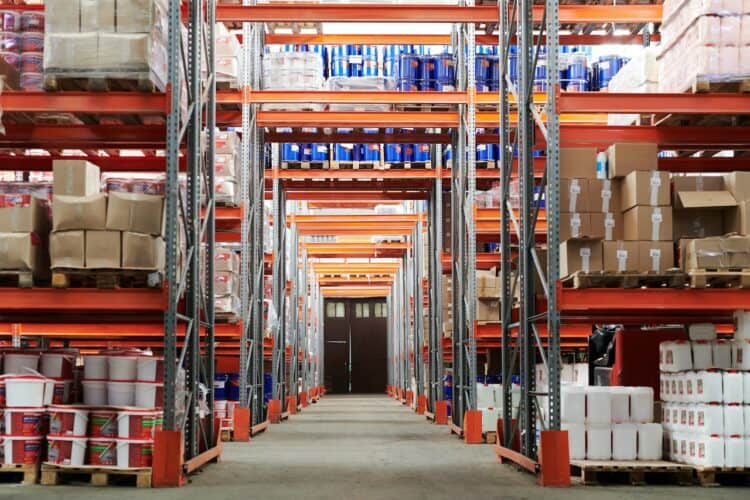By the second half of 2022, there was optimism in the air for businesses in Asia, as COVID-19 imposed restrictions are all but taken down, and some semblance of normality can be observed.
Although the new normal may have a slight mix of paranoia over the possibility of a new COVID variant, the ongoing Russia-Ukraine war, and the threat of runaway inflation, other issues remain table stakes for those in the supply chain ecosystem, including appropriately stocked inventory, manpower needed to move things around. And in cases where robots move inventory, manpower is to oversee the accuracy of such movements.
FutureIoT spoke to Oscar Lindberg, CIO at AutoStore, to cover some of the current trends impacting the office of the chief information officer as organisations look to deploy smart warehousing strategies.
We hear about the smart warehouse. What exactly does a typical smart warehouse look like?
Oscar Lindberg: First and foremost, to have smart order-fulfilment solutions in place, you need to implement some sort of automation technology. Today, more than 80% of warehouses globally have no automation whatsoever. Besides the automated storage and retrieval system (AS/RS) solutions, it is important to have a reliable warehouse management system to optimise and streamline your processes.
Businesses should apply both data and analytics capabilities that provide real-time inventory insights, and real-time locating systems that monitor the position of material and vehicles in the warehouse. In summary, a smart order-fulfilment solution helps you reduce costs and become more efficient.
Looking at the technologies involved in smart warehousing, where does the CIO get involved and typically who does he or she work with at the start of a warehouse modernizing effort going all the way to day-to-day operations?
Oscar Lindberg: I believe a CIO should work side-by-side with logistics, operations, and finance from the very start. A natural responsibility is a system installation, configuration, and integration of the warehouse systems, but also ensuring product security throughout the process.
Smart order-fulfilment solutions are increasingly system-dependent and business continuity requirements increase. After deployment, the CIO is responsible for day-to-day operations such as maintenance and security.
What IT technologies need to be integrated into the smart warehouse to achieve optimum benefits?
Oscar Lindberg: Your data is synchronised across all systems. Technologies such as AS/RS, WMS, WCS (Warehouse Control System) and RTLS (Real-Time Locating System) should be integrated with your ERP system and other relevant enterprise platforms. To further enhance a data-driven operation, businesses should integrate these technologies into a data and analytics platform.
How does a CIO prepare for warehouse modernization?
Oscar Lindberg: A good place to start is assessing current capabilities and weaknesses. There is no one size fits all solution, as smart order-fulfilment solutions need to be tailored to your organisation’s operational needs. Unless you have the expertise internally in your business, I recommend connecting with a logistics and supply chain integration partner for specific recommendations.
How does the CIO ensure all parties involved, including those outside the IT team, work seamlessly in the operation of a smart warehouse?
Oscar Lindberg: To me, it is a matter of alignment from an early phase. The CIO should work closely with relevant stakeholders such as logistics, operations, and finance from the initial phases such as the assessment and planning phase.
Given all the continuing developments within the warehousing ecosystem, how does the CIO stay abreast of innovations? Or is it his or her job to do this?
Oscar Lindberg: Ideally, this should be a partnership between the CIO and the COO. The IT team should then support the supply chain team with relevant insights, acting as partners to achieve an efficient order-fulfilment solution.
We are into 2023. What can we expect when it comes to the adoption of smart warehousing technologies, and how does this get integrated into the overall digital transformation of a business?
Oscar Lindberg: Long-term growth of the automation market is supported by global megatrends and will continue to drive growth. Economic challenges such as labour constraints and inflation, coupled with consumer preferences for same-day delivery, reinforce the value of automation technology.
AutoStore just launched a research report with insights from over 300 C-level business leaders in warehouse management and fulfilment. The survey shows that a large majority of respondents have or will implement an automated storage and retrieval system by 2024. 32% have some sort of automation technology in place already and 56% are making plans to deploy it in the next 12 months.



